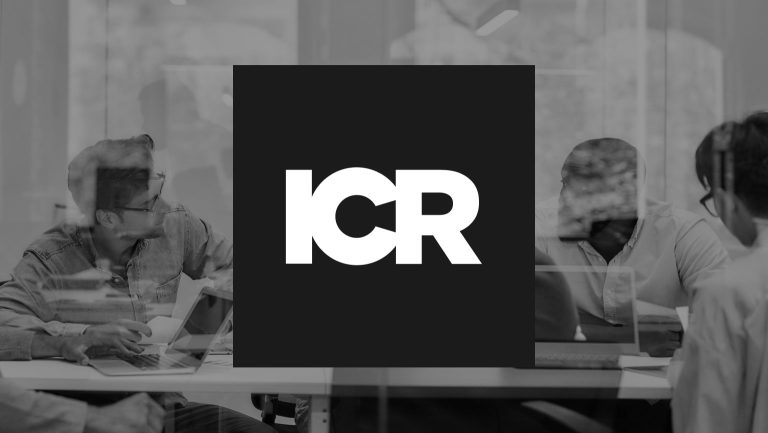The use of strategic communications unquestionably plays a significant role in helping to ensure the success of a transaction through its different phases. It helps inspire confidence, minimize distractions, reduce uncertainty and generate stakeholder buy-in, and in some cases shareholder support. The value of proactive, transparent communications should not be overlooked or understated.
The importance of planning
It’s a familiar drill. A client picks up the phone and says, “I’m announcing a deal in a week. What can you do for me?”
With the clock ticking, patching together a communications plan becomes a mad dash to the finish line. You have seven days to figure out how to articulate: that a transaction is taking place; what it means for every company stakeholder; and why the deal is in the best interest of the organization and then create a broad set of carefully crafted documents that will deliver those messages … all of which need to be approved by every cook in the crowded kitchen.
The challenges are clear, and the risks — speculation, fear, confusion, uncertainty — are real.
In M&A’s fast-paced environment, there’s a tendency to delay communications planning until the deal is done, when it should actually be part of an ongoing strategy. M&A communications need to relay the strategic rationale behind the deal and the long-term benefits for all stakeholders. To effectively communicate the deal strategy and how it fits into the overall vision for the company, planning needs to begin well in advance of the press release crossing the wire.
An M&A transaction brings about organizational change, and change naturally creates uncertainty, anxiety and even fear. This is a time for management to be crystal clear in its intentions for the deal and its broader strategic vision to inspire confidence and ease concerns. To allay concerns, it’s important to anticipate the differing views and motivations of varying stakeholders.
The onus is on the newly combined company to convince all stakeholders — customers, partners, employees, shareholders, analysts and the media — that any resulting change will ultimately be to their benefit and create value. Without proactive management of when and how the deal is shared, the value of the deal becomes muddled. Communications brings clarity. Clarity drive values.
Align messages with business strategy
While an M&A transaction is a one-time event, communication with stakeholders often takes place over many different phases. It is essential to maintain regular communication, especially around milestones such as the closing of the transaction, to manage expectations and ensure a successful integration of the businesses.
Equally as important, the messages incorporated in all internal and external communications must align with and support the company’s overarching business strategy. A transformational merger or acquisition, for example, may entirely shift the company’s strategy and create a whole new set of issues that require explanation.
On the other hand, an opportunistic or bolt-on acquisition requires a reiteration of why the deal is in line with the same strategy.
As communicators, our job is to not only ensure that the terms of the deal are being accurately reported and manage the potential for leaks, but to seed messages about the strategic rationale and long-term implications of the deal with the media and the investment community. This is accomplished through careful planning that requires the participation and support of the management team.
Identify and analyze key stakeholders
In the flurry surrounding a deal, it can be easy to focus on a small group of stakeholders, such as the media or investors. However, it’s important to not overlook the importance of sharing information with employees, customers and vendors, among others. While shareholders command top priority for publicly listed companies, as they directly influence whether the deal gets approved, every stakeholder the company touches will be seeking information about how the transaction will impact them.
There is an expectation of transparency among these parties that is critical to maintaining the trust that has been built-up overtime. The end-goal for any transaction is to create value — but if everyone isn’t on board, much of that value gets lost or may not be maximized.
Different constituencies may have different types of questions and may need to receive information in different ways. What is of interest to the media or to an investor may have no relevance to an employee or a customer. However, while messages can be customized for each audience, the strategy and the messages themselves must be consistent across all stakeholders.
Anticipate tough questions
Prepare to answer the tough questions before you announce the deal. Every company executing a transaction inevitably gets asked about the deal rationale — what aspects made the deal attractive, what motivated the timing, how the deal fits within a broader company strategy. There will also be questions internally and externally on matters of integration — how will the two entities integrate? Will there be layoffs? Any management changes? And vendors and customers will want to know about any price or service changes.
The list of questions goes on from there. The more prepared management is for the communications of M&A, the better they can defend the deal and the faster they can create value.
Pick the right communication vehicles
How you communicate can be equally as important as what and when you communicate. Every organization is different, so how you communicate should be tailored to your organization.
In today’s age of social media and smartphones, there are a broad array of communication vehicles available to us, from email to blog post to video. However, the right communication vehicle is entirely dependent on the company and its culture.
In addition, consider the tone and style in which you communicate. For instance, if memos from management to employees are traditionally informal, replicate that style when communicating the merits of the transaction. Straying from the norm can inadvertently signal new waves of change are soon to come and cause anxiety.
As the level of M&A activity continues communications professionals should proactively align messaging with the business strategy, identify and analyze key stakeholders, think about the tough questions, and assess the right communication vehicles at your disposal.
More



